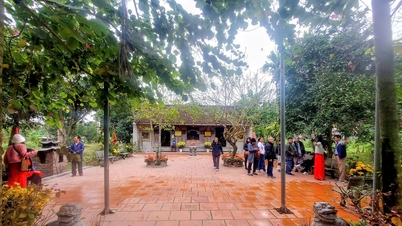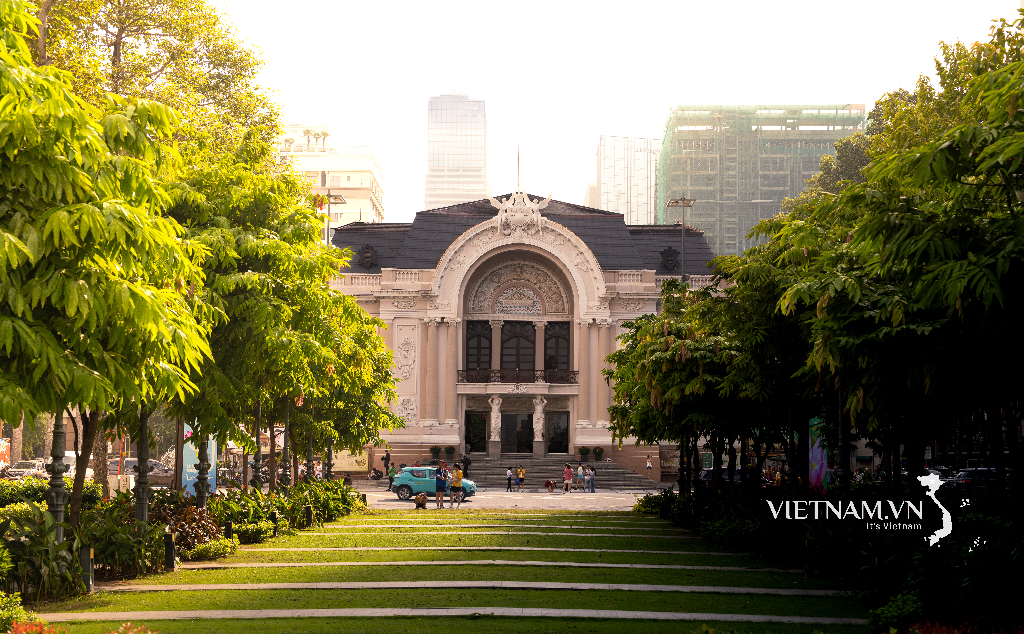
In the context of climate change causing increasingly harsh weather, especially in hot and humid cities like Singapore, a group of scientists in this island nation has just announced a breakthrough invention: white paint that has the ability to "sweat", promising to cool houses effectively without having to rely entirely on air conditioning.
The biggest challenge in cooling hot and humid climates lies in the humidity of the air, which retains both sensible and latent heat. This forces air conditioning systems to work harder to handle both factors, resulting in high energy consumption.
Faced with that reality, buildings are in dire need of external support solutions, and this new paint layer is expected to be one of the solutions.
The cement-based paint developed by the team is more than just a light-reflecting coating. It combines three innovative cooling mechanisms: radiative cooling (which removes heat from the surface), solar reflection (which bounces back sunlight), and evaporative cooling (which helps the surface “sweat” away heat).
In particular, the porous structure of the paint allows it to retain water and slowly release water vapor in hot weather, simulating the human body's sweating mechanism to cool down.
To test the effectiveness, the team conducted experiments on three houses in Singapore: one using conventional white paint, one using commercial radiant cooling paint, and one coated with the new paint.
Test results show that houses painted with the “sweating” formula help the internal air conditioning system consume significantly less electricity, from 30 to 40%. This effect is achieved thanks to the ability to reflect 88-92% of sunlight, combined with the evaporative cooling effect, helping to significantly reduce the temperature of the interior space.
Not only does this paint provide instant cooling, it also demonstrates impressive durability. After two years of exposure to hot, humid, and rainy tropical climates, while the paint on the two control houses turned yellow, the cement-based paint remained pure white thanks to light-reflecting nanoparticles incorporated into the formula.
The breakthrough discovery was published in the prestigious scientific journal Science earlier this month.
Source: https://dantri.com.vn/khoa-hoc/son-do-mo-hoi-giai-phap-dot-pha-lam-mat-cho-cac-thanh-pho-nong-am-20250624154411744.htm










































![[Photo] Worshiping the Tuyet Son statue - a nearly 400-year-old treasure at Keo Pagoda](/_next/image?url=https%3A%2F%2Fvphoto.vietnam.vn%2Fthumb%2F1200x675%2Fvietnam%2Fresource%2FIMAGE%2F2025%2F12%2F02%2F1764679323086_ndo_br_tempimageomw0hi-4884-jpg.webp&w=3840&q=75)
![[Photo] Parade to celebrate the 50th anniversary of Laos' National Day](/_next/image?url=https%3A%2F%2Fvphoto.vietnam.vn%2Fthumb%2F1200x675%2Fvietnam%2Fresource%2FIMAGE%2F2025%2F12%2F02%2F1764691918289_ndo_br_0-jpg.webp&w=3840&q=75)






































































Comment (0)